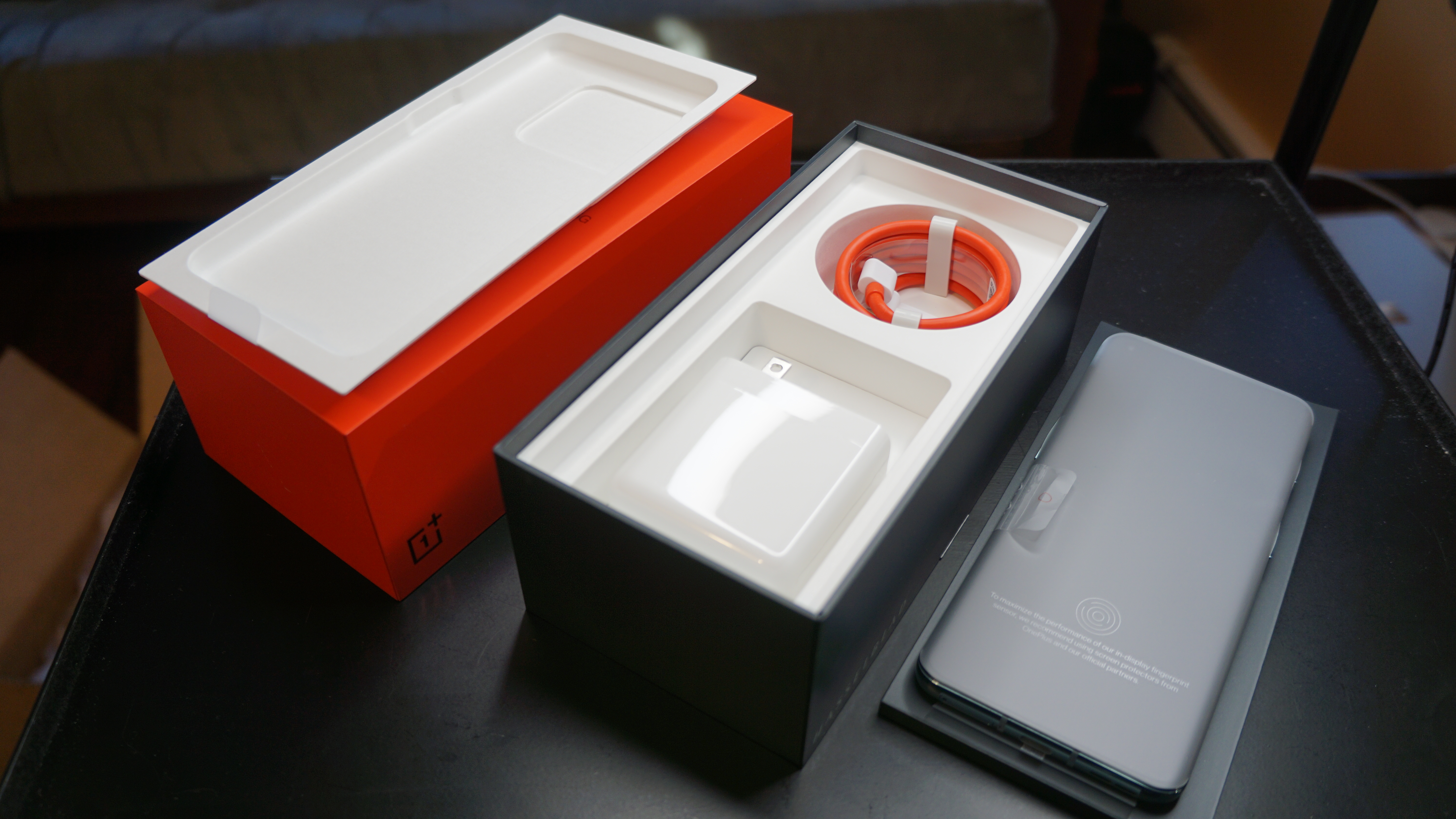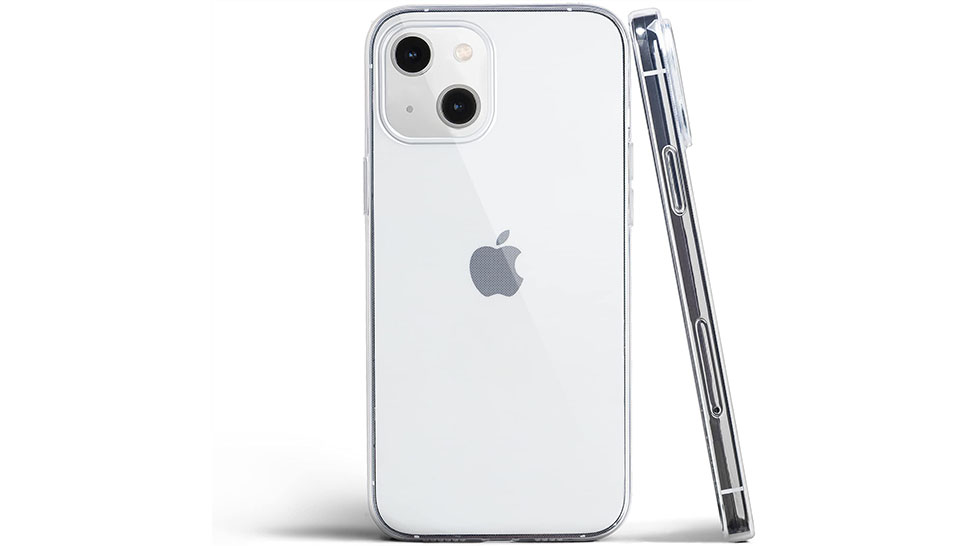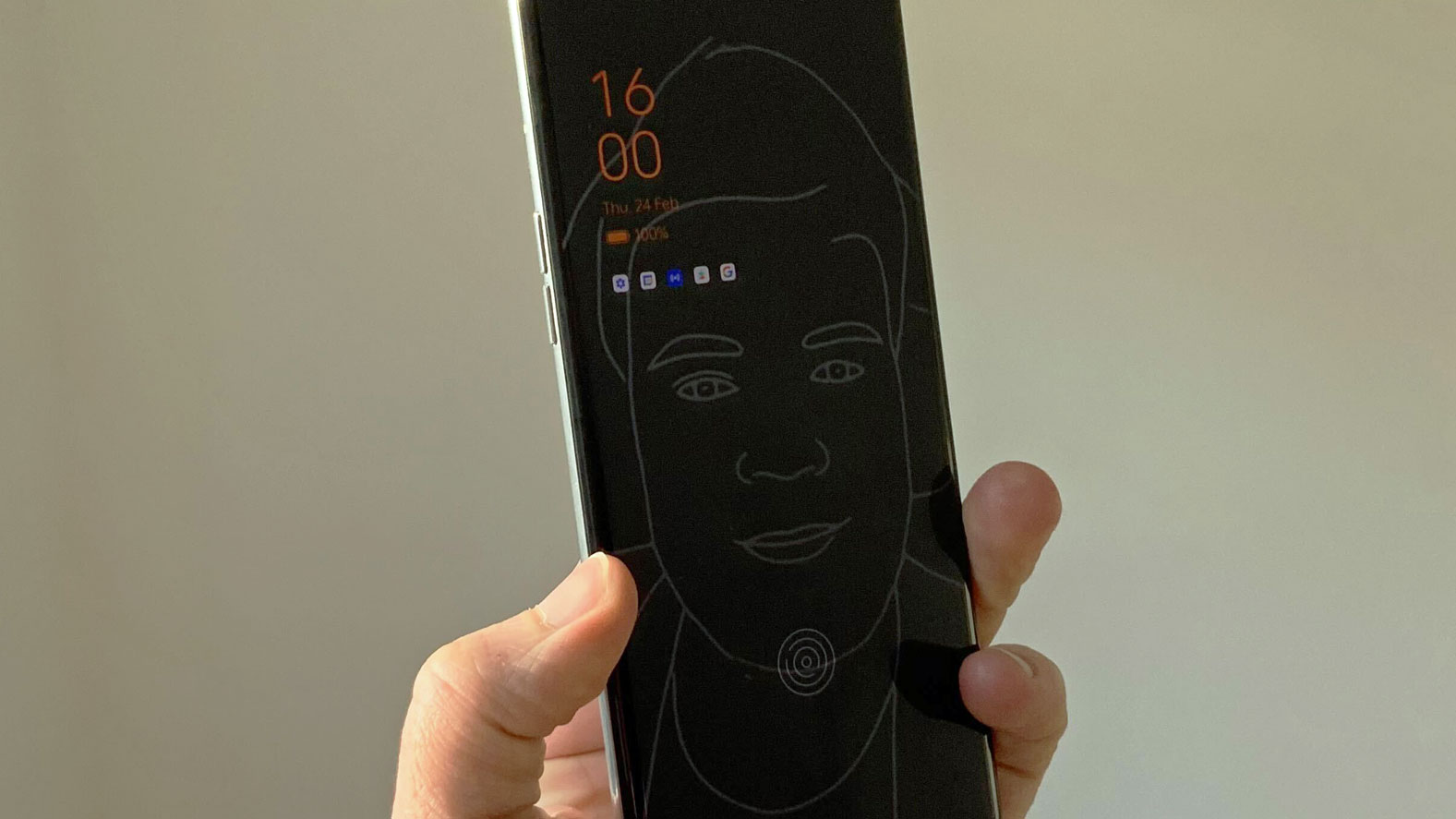6 things you need to do as soon as you buy a new smartphone, according to an expert
To make the transition easy

Having worked at TechRadar for many years now, I've used more new phones than I can count. And every time I start the review process for a new one, I boot it up fresh, as though I had just bought the thing and was using it like a normal buyer would.
Because of that, I've perfected the process of booting up a new phone, to make it as easy and stress-free as possible – you'd be surprised how long and annoying the process can be if you've not perfected it.
So if you've just used our list of the best smartphones to buy a brand new mobile, and it's either en route, or has arrived with you, the real work is just about to begin.
But it doesn't have to be too bad. To help your transfer process to be as easy as possible, I've written up my checklist of the key things I make sure to remember when setting up a new phone, so hopefully it'll give you some peace of mind.
1. Back up your old phone
This may seem obvious – you don't want to lose any of your old data, after all – and you should probably be backing up your smartphone anyway.
However there's an extra benefit to backing up individual parts of your old phone, and that's that it makes it easier to transfer all your data over to your new device when you get it.
For example, we'd recommend backing up WhatsApp so you can see all your conversations and photos on your new device, or backing up your photo gallery onto Google Photos or Apple Photos so it's all in one place.
Sign up for breaking news, reviews, opinion, top tech deals, and more.
Backing up the data early is important, as it'll save you time. If you've got loads of photos saved, or years worth of WhatsApp data, it can take a surprisingly long amount of time to back these all up. Starting the process early makes sure your accounts are ready for your new device.
2. Buy useful accessories

Before you've even taken your new phone out of the box, you should be planning for any eventuality – I'm talking about dropping the thing, of course. There's nothing worse than breaking a new and expensive smartphone within minutes of first removing it from the box.
So I'd recommend shopping around for any protective gear and accessories you might need before you get your new phone, so you're prepared as soon as you're ready to remove it from the box.
A case is obviously vital, but some people also like to buy things like PopSocket phone grips, workout phone holders, wallet folios, stands, portable power banks and more. Some phones come with thin silicone cases in the box, and these can be useful to tide you over until you get a proper case, but they're often quite cheap and flimsy.
3. Download apps
The first thing – the very first thing – I always do when I get a new phone is start to download all my apps straight away. You might think this is an odd thing to rush, as surely you can save that for later? But I'd recommend doing it immediately.
That's because you've probably got loads of apps you use, and the process of downloading them all at once can be surprisingly time-consuming. I have about 20GB of apps which I download to every new phone, and it can literally take hours for them to all be ready to use. That's not even counting any updates for pre-installed apps which may need to be done too.
If you start the download process straight away, there will be less time spent waiting for them to download after, which means you can start using the device quicker. You'll be able to log into your social media platforms sooner, and get the entertainment apps ready with less of a turn-around.
This stage can sometimes be easy if you choose to transfer your data from your old mobile to a new one – an option which will be presented when you start using your new device – though we've often found that some of our apps mysteriously aren't transferred when we do it this way. So go through your old device to make sure you've got all the new apps.
4. Personalize your design

It's tradition (in the UK, at least) to break a bottle of champagne on the hull of a new ship when it's about to set off on its maiden voyage. In the smartphone world, the equivalent is setting up the personalizations on your phone.
This means changing the lock screen and the wallpaper, adding any widgets you want, setting an always-on display (if your phone supports it), and changing the color scheme (if you're on a newer version of Android).
Most of these settings can be found by simply pressing and holding on the home screen of your phone, though if you go into the Settings app, you'll find more options. By using these personalization settings, you can really make the phone feel 'yours', and turn it from 'some phone you just bought' to 'your phone'.
For design changes, like adding widgets and designing your home screen, it can be useful to have all your apps installed already, so you can organize and sort them.
5. Change your battery settings
When your phone is busy downloading apps, flicking through different possible wallpapers and going through the general set-up motions, it's going to drain battery quickly.
Power drain will level out over time, but this should be your reminder to check on battery settings to optimize them depending on how you use your phone. Some brands give you more options over battery settings than others, but you can find your options by going into the Settings app, then pressing Battery.
Depending on what phone you have, you'll see different settings here to keep your battery going, but you can change some settings to preserve battery. For example you could turn off 5G if you don't use 5G networks much, play with charging settings to preserve battery health, and encourage your phone to close background apps if they're draining power.
Making these tweaks now will improve your phone experience going forward, as your device will last longer between charges and keep a high standard of battery health for longer.
6. Change your screen settings
Our final piece of advice is, admittedly, quite similar to the previous one. But it's something we frequently forget, yet something that can really help your smartphone experience.
Sometimes, phones offer lots of different display settings, so you can tweak the way content looks on your phone.
Depending on the device you might be able to adapt the resolution and frame rate to your tastes; others let you change the color profile from warmer to cooler colors, and others offer lots of intriguing features like MEMC (Motion estimation / motion compensation, which uses AI to increase the frame rate on videos) or digital resolution scaling (like MEMC but for resolution, not frame rate).
These options are often disabled by default because they can increase battery drain, and if you've been fastidious in our last piece of advice we'd recommend ignoring this one. But if visual fidelity is more important to you than lasting power, you can play about with the screen settings to get a better experience.

Tom Bedford joined TechRadar in early 2019 as a staff writer, and left the team as deputy phones editor in late 2022 to work for entertainment site (and TR sister-site) What To Watch. He continues to contribute on a freelance basis for several sections including phones, audio and fitness.